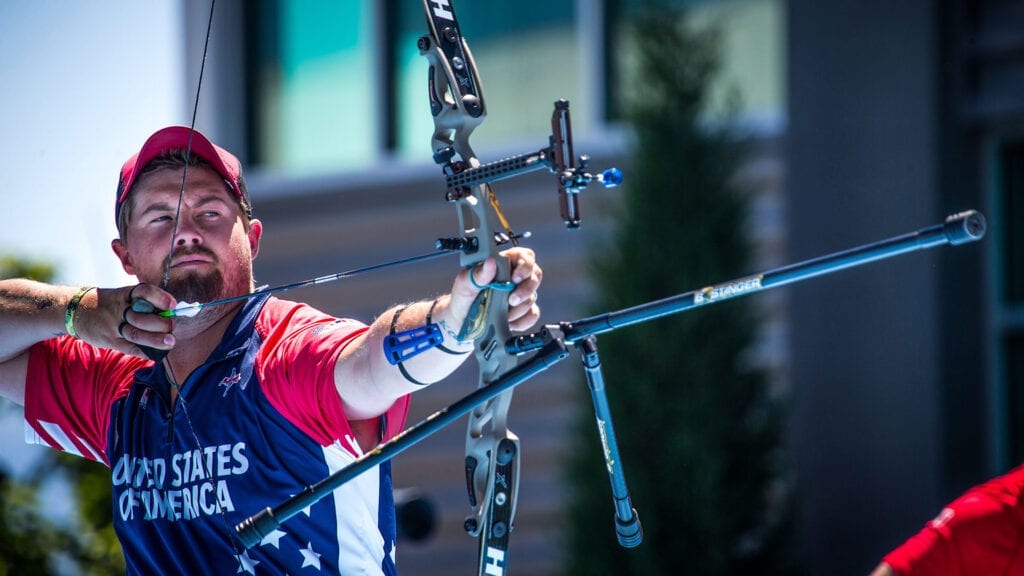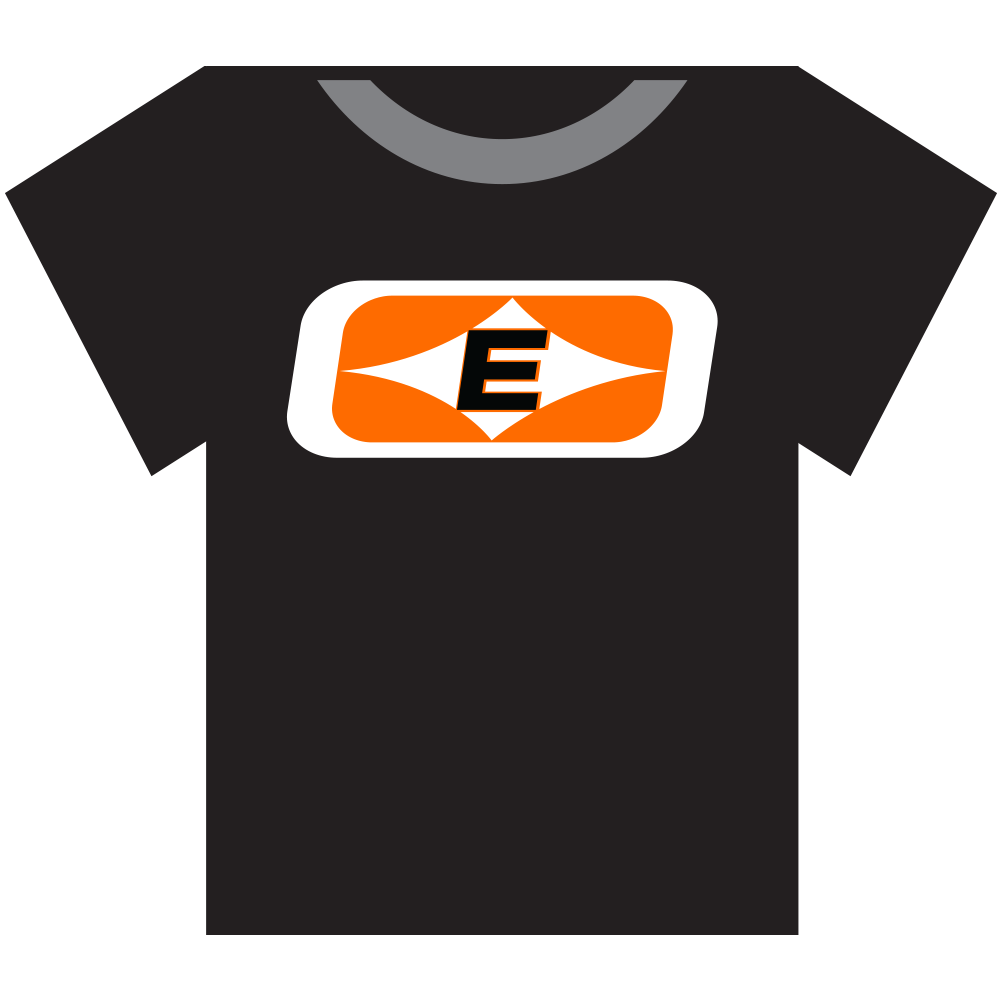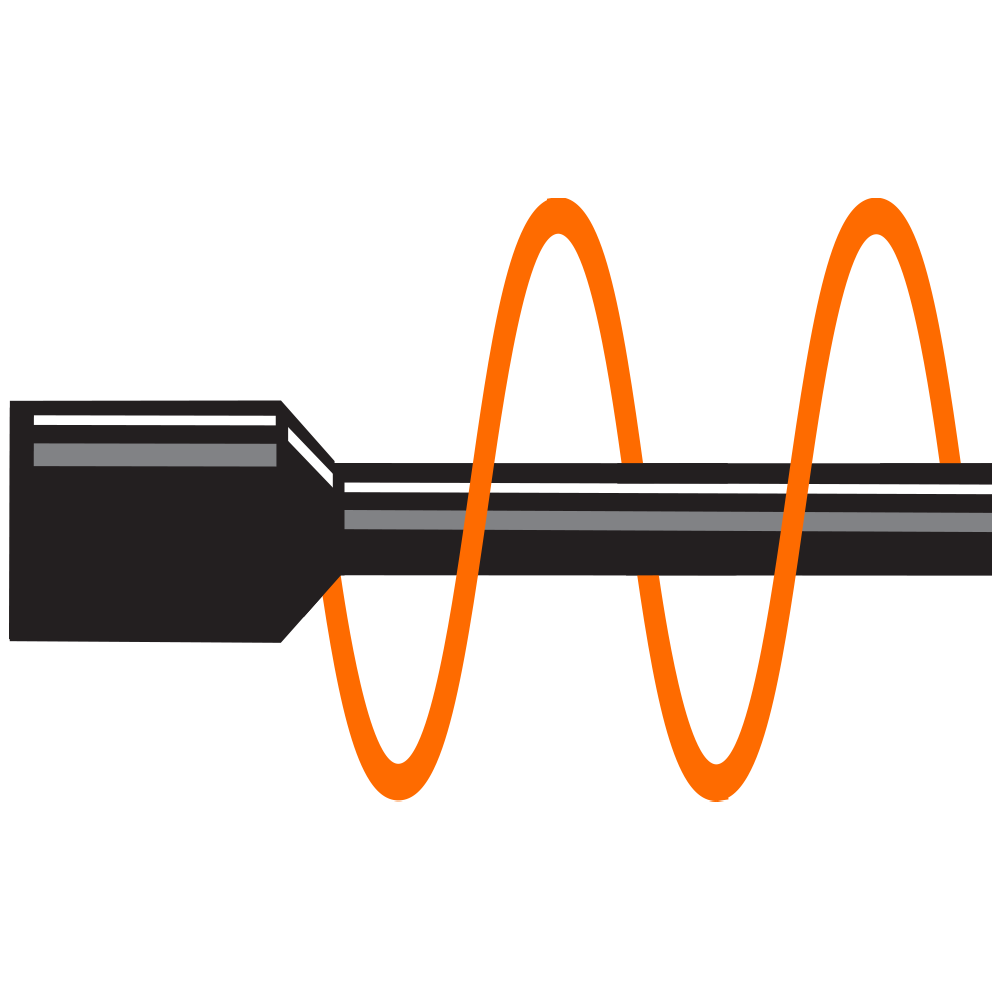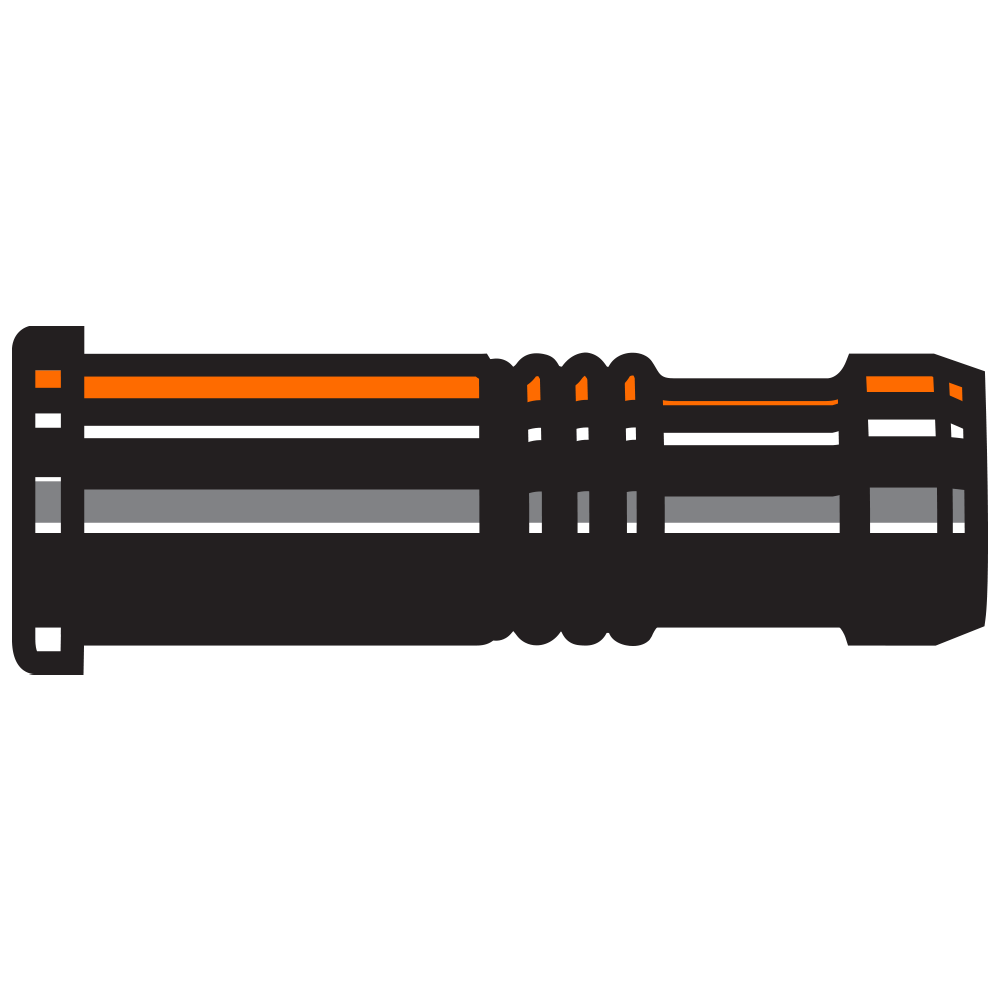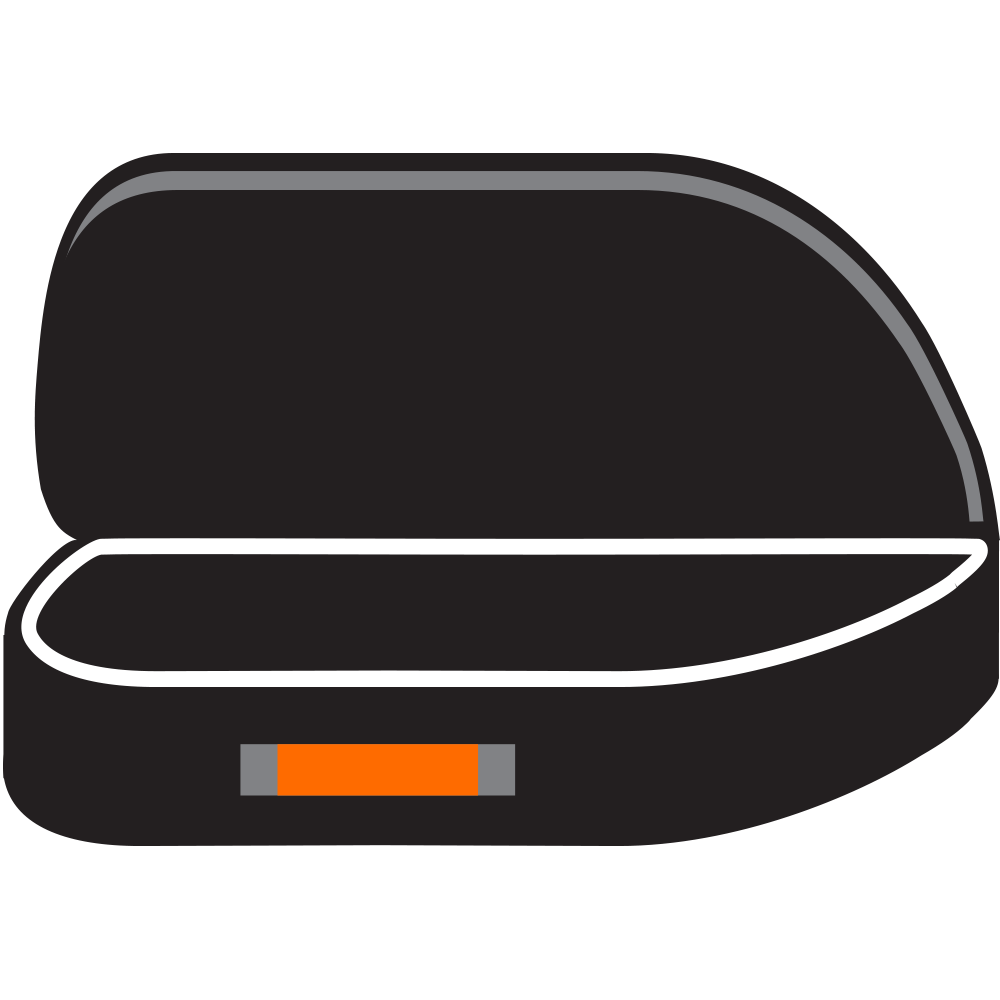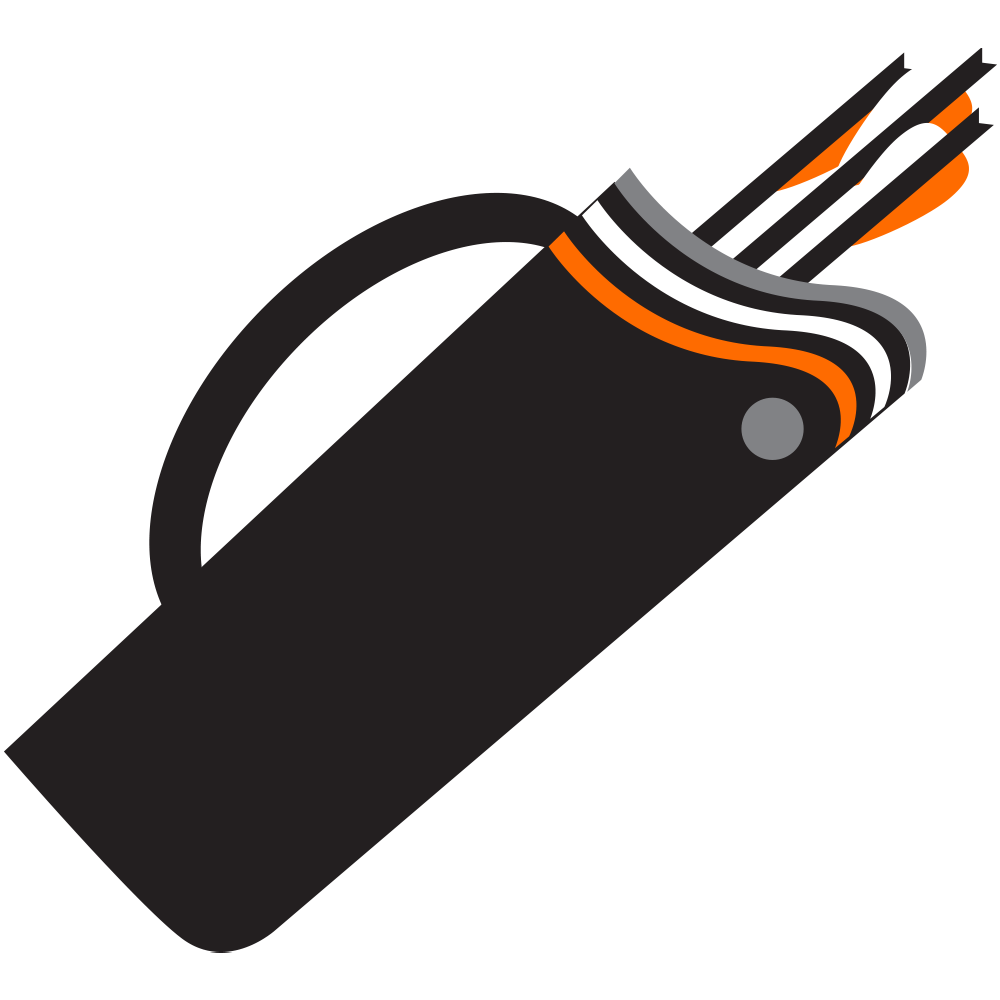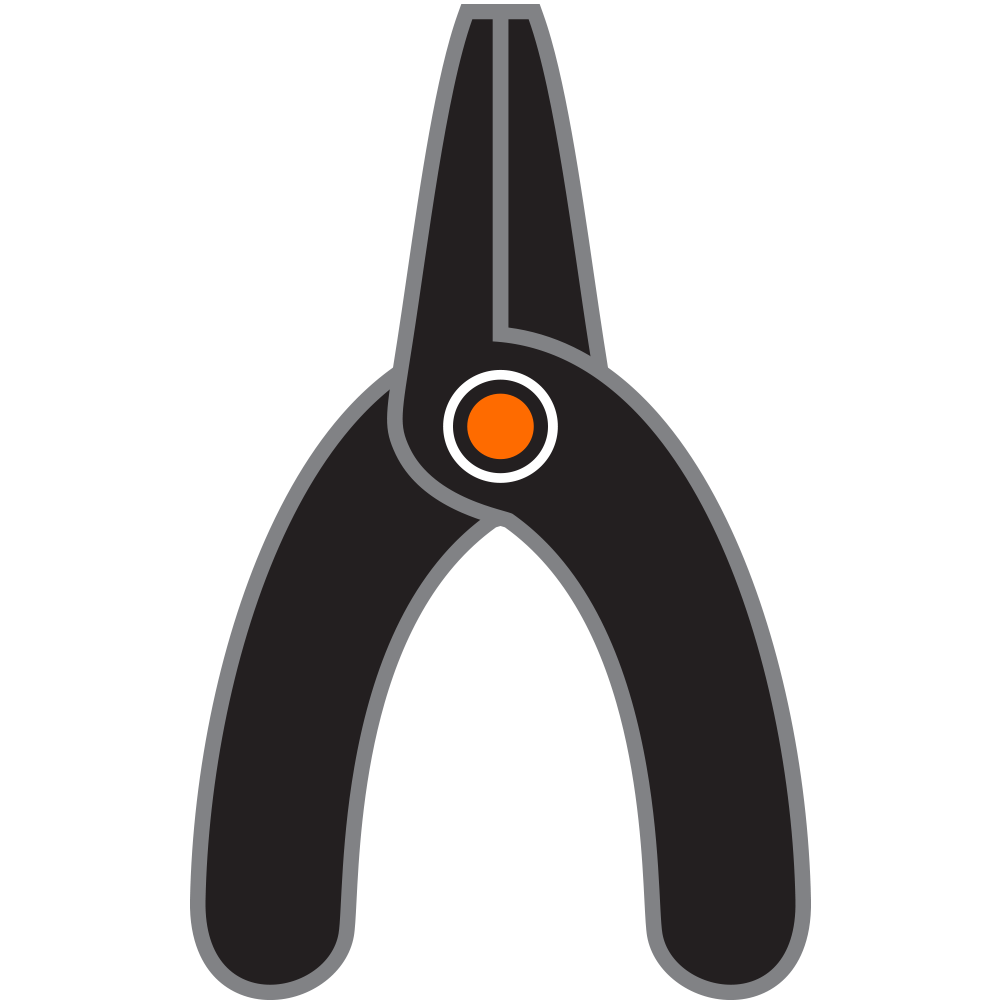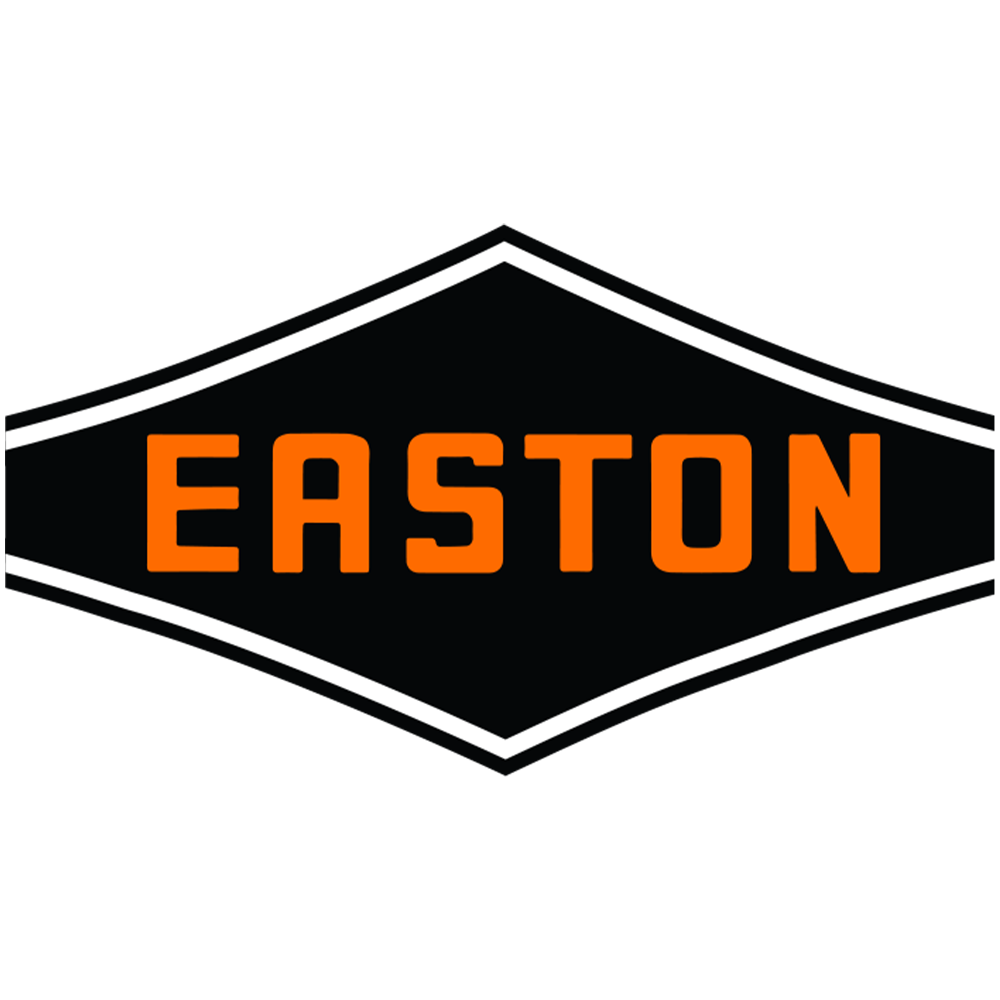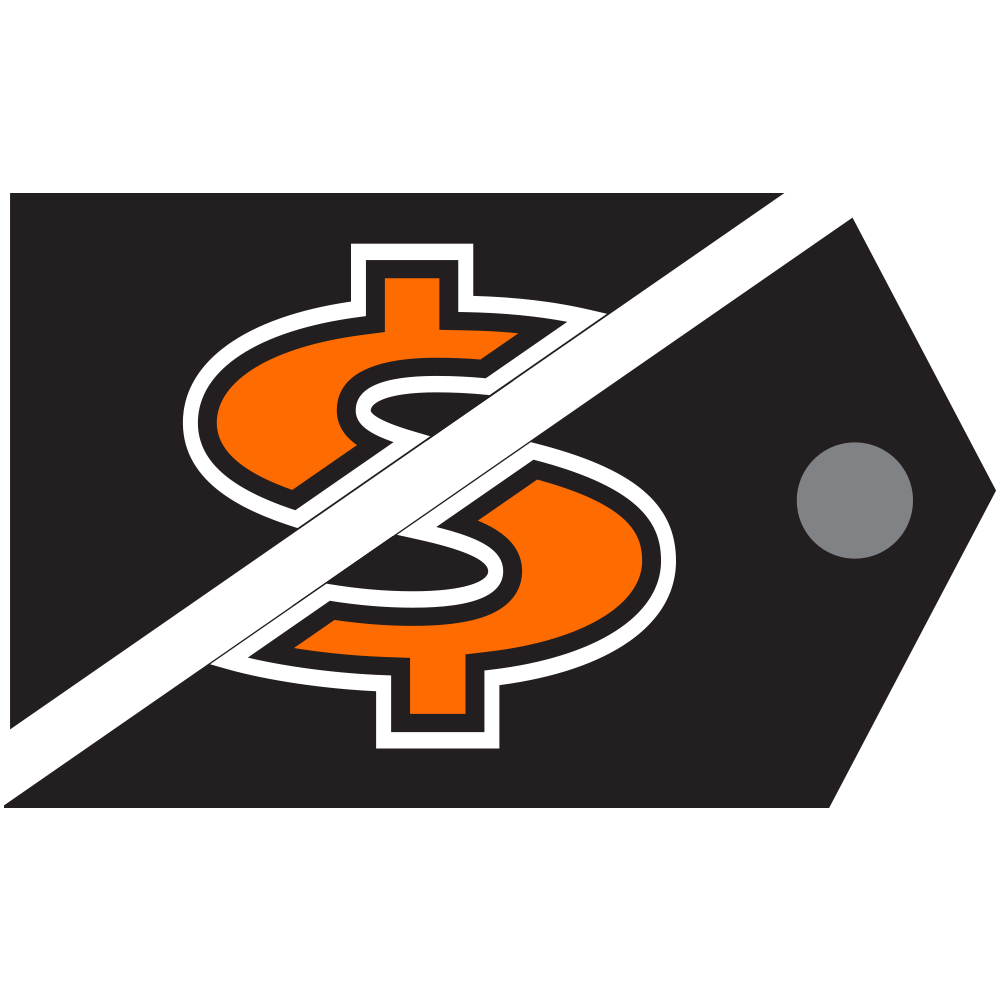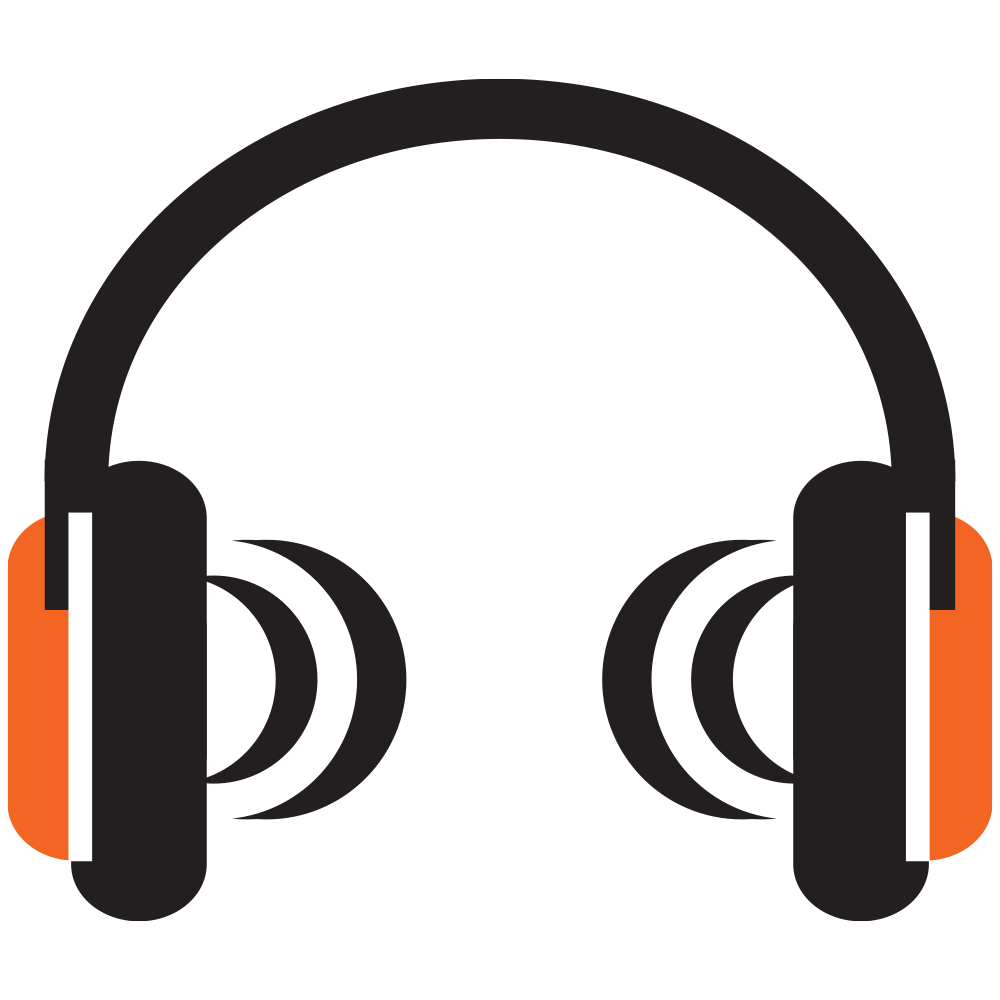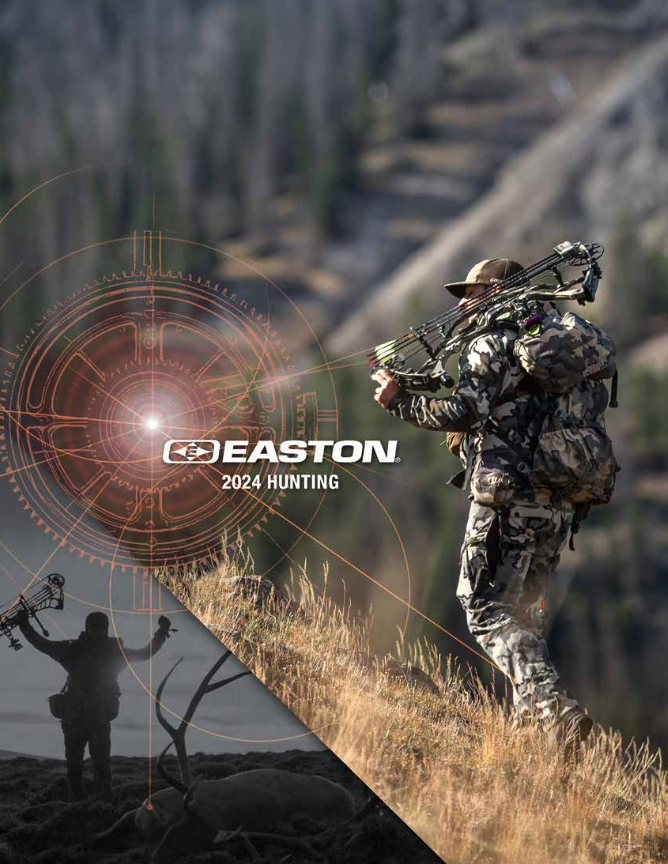Easton originated carbon arrows all the way back in 1982, after more than a decade of development. Until then, Easton X7 aluminum shafts won the Olympic Games in 1972, when archery returned to the modern games, as well as in 1976, and 1980. Easton’s first carbon A/C shafts were used to win the 1984 Olympic Games and have won every Olympic title since then, with the A/C/E taking the titles in 1988 and 1992, and the X10 ever since.
In 1990, Easton introduced the affordable, high-performance A/C/C shaft series. The A/C/C- Aluminum/Carbon/Competition- was personally designed by Jim Easton with 12 original shaft sizes, and three more, weaker spine sizes were added a few years later after introduction- a total of 15 sizes, ensuring a correct tune for nearly every shooter. There was, and continues to be, a multitude of component options. A/C/C still represents one of the most accurate, easily tuned, durable, safe and high performance carbon arrow shafts ever made. It, like all of Easton’s A/C shafts, is also made in the USA, at the Easton factory in Salt Lake City, Utah.
Design and Construction
The custom design of the A/C/C creates a low-drag, higher performing arrow with incredible spine and weight precision. In addition, the custom aluminum core allows point and nock components to be installed inside the shaft, flush with the shaft wall for the best aerodynamic characteristics.
The high-strength 7075 aluminum core provides the hoop strength needed to prevent crushing or splitting of the carbon fiber, and unlike ordinary carbon arrows, the construction of the A/C/C allows 100% of the carbon fibers to run parallel along the full length of the shaft, for maximum efficiency- maximum stiffness with minimum weight.
Easy Tuning
A/C/C shafts have always been custom spine tuned for extreme spine precision, with a 100% spine check 360 degrees around the shaft, and precision electronic weight matching for every shaft. This means A/C/C shafts have uniform, precise spine and weight tolerances within any given size.
Every size of A/C/C has a predictable tuning characteristic, because the spine to weight ratios of each size was carefully engineered. Unlike some carbon arrows, the spine to weight of each size A/C/C follows a specific curve plot, developed by Jim Easton to provide for predictable tuning from any bow. Jim called this ideal ratio “E-Factor”. Arrows designed with the correct “E-Factor” have an ideal weight to stiffness ratio. This predictable, precise curve plot for spine-to-weight means A/C/C is the easiest of all parallel carbon design shafts to tune. Some other carbon arrows actually get heavier but weaker in spine, which can result in surprises when trying to tune a bow with such arrows.
There are eight different custom A/C/C internal diameters depending on the spine size of the shaft, so you need to know the core tube size to decide on point selection. That is where the shaft nomenclature comes into play.
Nomenclature
Due to the fact that there are multiple internal diameters for the optimized A/C/C designs, Easton expanded on the nomenclature used to describe each model of A/C/C to allow users to select the correct components. There are three separate descriptors printed on each shaft.
- Number of carbon wraps
- Core tube diameter
- Static spine value (ATA/ASTM standard)
So, for example, you might see this on your A/C/C’s:
3-18/560
3 is the number of carbon wraps, 18 is a 0.218 diameter core tube, and 560 is the standard spine value.
Simple enough.
But what about sizes like:
3L-18/620 ?
In this example, the “3L” designation means there is less than 3 full layers of the specific carbon fiber used on the shaft (about 2.7 layers), because it has been “spine tuned” to the 620 spine value shown on the rest of the label. It still uses the -18 core compatible components, but the “3L” designation points to a weaker spine value with the same baseline shaft size.
In fact, one series of shafts built on the 0.204 core has three different spines as follows:
3-04/680
3L-04/750
3X-04/830
In this case, the “X” designation reflects an even thinner carbon jacket, about 2.3 layers of carbon.
Tolerances and Quality
A/C/C shafts are held to the strictest tolerances under ISO certified measurements. The weight tolerance for a given size is +/- 2.5 grains (0.16 gram), and all shafts within a packaged dozen are held to one grain. Spine is held to a razor-edge tolerance of 005” (0.13mm), and the inside diameter tolerance is an incredible .0003” (.008 mm), with a straightness tolerance of 0.003” (0.08 mm) over the full shaft length (not just the 28 inches required by the ATA/ASTM standard).
With fifteen sizes, a predictable and precise spine to weight curve, easy tuning, lots of different component choices and utility ranging across the entire spectrum of archery, from Olympic recurve to top level compound competition and even to bowhunting, there probably has never been a greater all-around performer for archers than the venerable Easton A/C/C.




